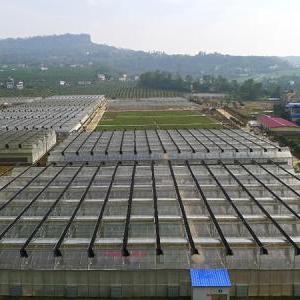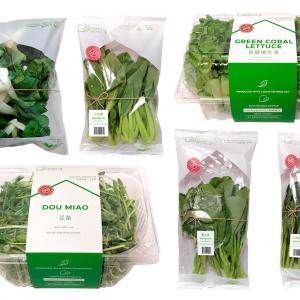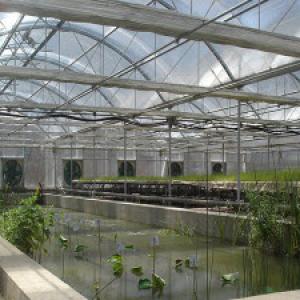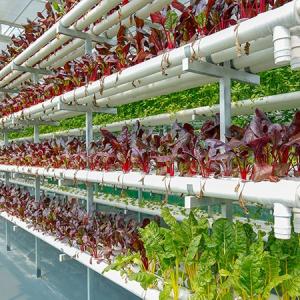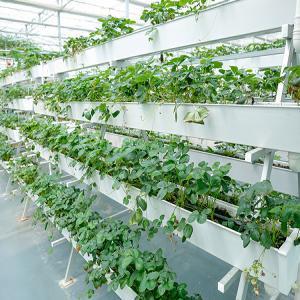The Rise of Polycarbonate Greenhouse Manufacturing in China
An Overview of the Growth and Development of the Polycarbonate Greenhouse Manufacturing Industry in China
In recent years, China has witnessed a remarkable surge in the manufacturing of polycarbonate greenhouses, a trend that has garnered significant attention both domestically and internationally. This article delves into the burgeoning polycarbonate greenhouse manufacturing industry in China, exploring its rapid growth, innovative technologies, market dynamics, and the impact on the global agricultural landscape.
Introduction
The use of polycarbonate greenhouses in agriculture has gained popularity due to their superior qualities over traditional glass and plastic alternatives. Polycarbonate offers durability, excellent insulation properties, and resistance to harsh weather conditions. China, with its vast agricultural landscape and growing need for sustainable farming solutions, has become a key player in this industry.
Historical Perspective
China's journey in polycarbonate greenhouse manufacturing can be traced back to the early 2000s when the country recognized the need to modernize its agriculture sector. The government initiated policies and investments to promote greenhouse farming, leading to the development of advanced manufacturing facilities.
The Technological Advancements
One of the driving forces behind China's dominance in polycarbonate greenhouse manufacturing is its commitment to technological innovation. Chinese manufacturers have invested heavily in research and development, leading to the creation of cutting-edge greenhouse designs and materials. These innovations have not only improved product quality but have also made polycarbonate greenhouses more cost-effective.
Market Expansion
The domestic demand for polycarbonate greenhouses has surged as more Chinese farmers embrace modern agricultural practices. Additionally, China has become a major exporter of these greenhouses to countries worldwide. The competitive pricing and high-quality products have made Chinese manufacturers preferred choices for international buyers.

Environmental Impact
The rise of polycarbonate greenhouse manufacturing in China has brought about positive environmental impacts. These greenhouses are more energy-efficient and require fewer resources compared to traditional structures. This shift towards eco-friendly farming practices aligns with global sustainability goals.
Challenges and Opportunities
While the industry has witnessed significant growth, it is not without challenges. Competition within China is fierce, with numerous manufacturers vying for market share. Quality control and adherence to international standards are ongoing concerns. However, these challenges also present opportunities for continuous improvement and innovation.
Global Influence
China's influence in the global polycarbonate greenhouse manufacturing market cannot be understated. As more countries seek sustainable agricultural solutions, they turn to Chinese manufacturers for expertise and affordable greenhouse options. This trend is likely to continue, further solidifying China's position as an industry leader.
Conclusion
The rise of polycarbonate greenhouse manufacturing in China reflects the country's commitment to modernizing its agriculture sector and contributing to global sustainability efforts. As the industry continues to evolve, China's innovative prowess and market influence are expected to grow.
FAQs
1. Are polycarbonate greenhouses better than traditional glass ones?
A. Polycarbonate greenhouses offer superior durability and insulation properties, making them a preferred choice for many farmers over traditional glass greenhouses.
2. How has China's government supported the growth of this industry?
A. The Chinese government has introduced policies and investments to promote greenhouse farming, fostering the development of advanced manufacturing facilities.
3. Is China the largest exporter of polycarbonate greenhouses?
A. Yes, China has emerged as a major exporter of polycarbonate greenhouses, thanks to competitive pricing and high-quality products.
4. What are the environmental benefits of using polycarbonate greenhouses?
A. Polycarbonate greenhouses are more energy-efficient and resource-friendly, aligning with global sustainability goals.
5. How can Chinese manufacturers maintain quality control in this competitive market?
A. Chinese manufacturers must invest in rigorous quality control measures and adhere to international standards to ensure product quality and reputation in the global market.
China's journey in polycarbonate greenhouse manufacturing is a testament to its ability to adapt, innovate, and lead in emerging industries. The impact of this growth extends not only to China but also to the global agricultural landscape, paving the way for sustainable farming practices and a greener future.

